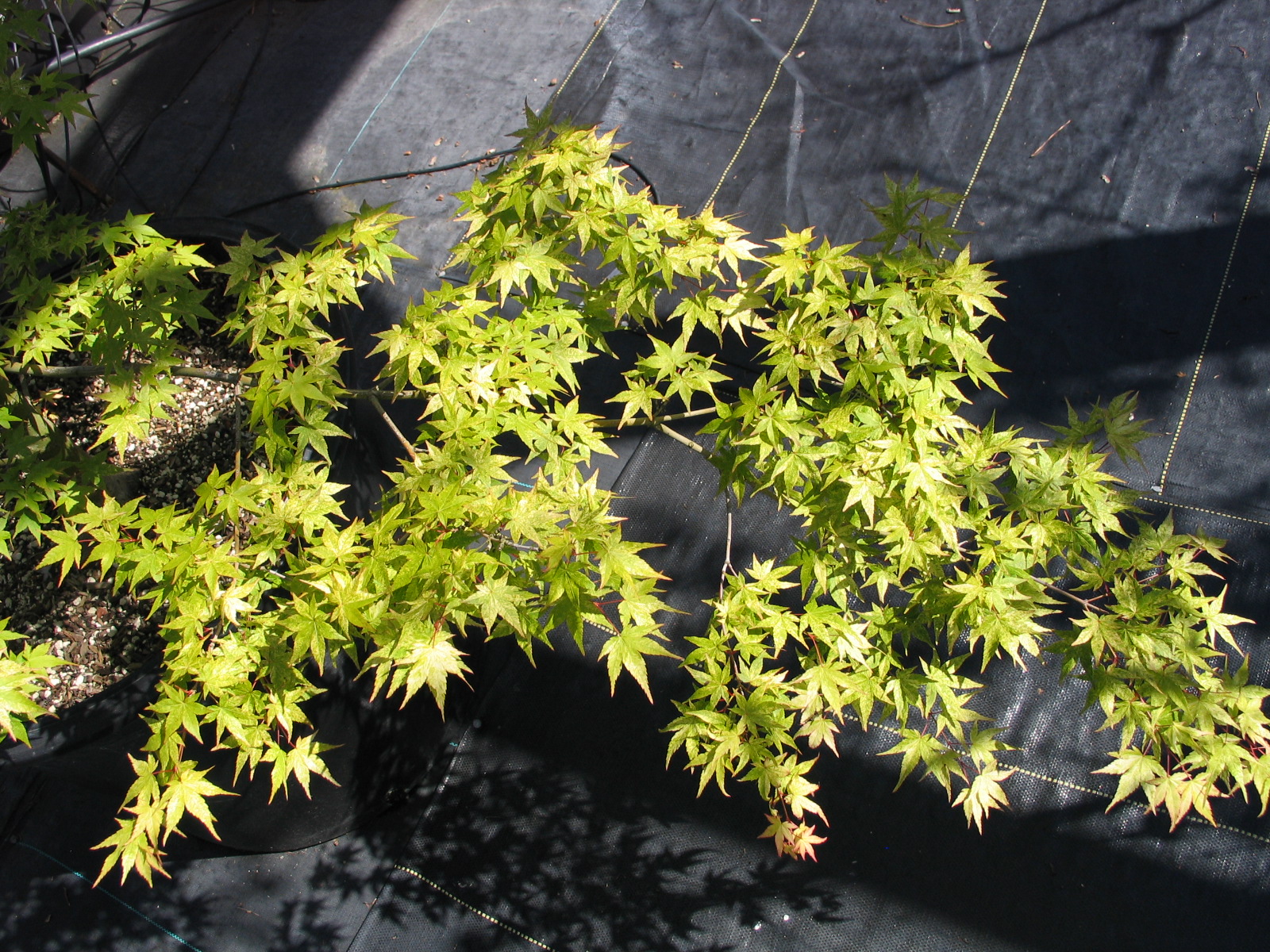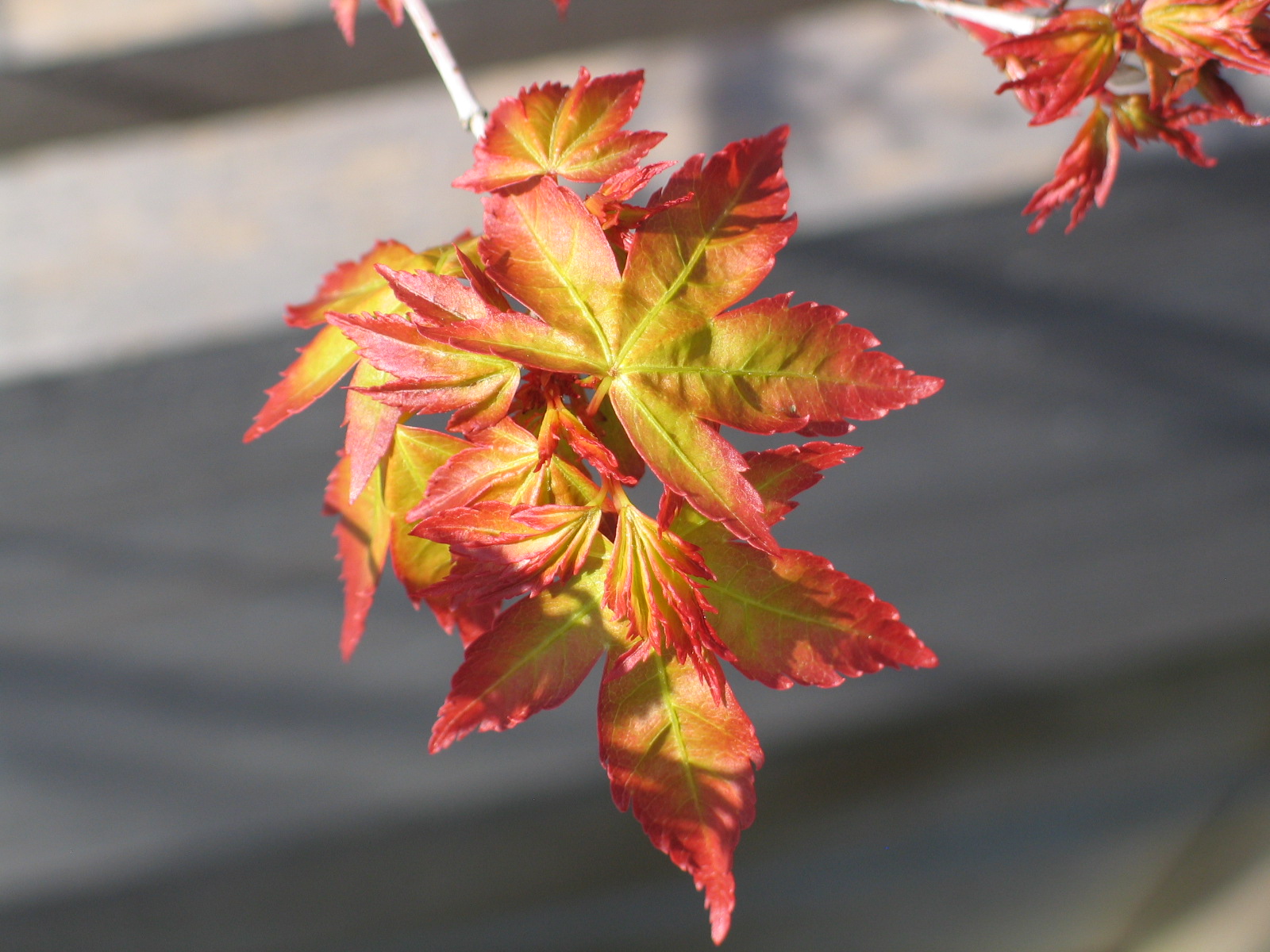A new client's project calls for seasonal plantings in two important pots sitting atop columns flanking the front walkway. I hope to be able to show you the changes we make to the planting palette in the rest of the garden, not sure when, but tonight I have seasonal plantings on the brain.I don't get asked for seasonal plantings very often, so I dove into all the bazillions of options - so many plants, so many cultivars of each! Do you know how many Violas there are? Heucheras? Ipomoea, Coleus, Petunia, and so forth!!? I wound up with 60 photos in short order and had to figure out how to organize it so the Owner (or I) wouldn't have a stroke from too many options. Below are 36 of the 60 I saved right off the bat, you can see how the editing process becomes king. Some are my own photos, some from various growers, many came from Proven Winners (credit where it is due!) which is a large commercial grower that supplies pretty much every nursery I know:There are many constraints in narrowing this down: changes pending in the rest of the garden, soil volume in the planters, and the intention of swapping the plants out seasonally. Additionally, whatever we plant has to look good when it is new, add color coordinated with a TBD planting palette, and be showier than the succulents they have now which blend-in too much with their surroundings. The most limiting of these is the soil volume - not much soil volume = not big plants and not very many. I know, we've all seen photos of amazing stuff in teensy pots, but this is usually the result of growers' careful (read: fertilized like crazy under perfect greenhouse conditions) management and not what we might expect at home.I assume you're familiar with the "recipe" for container plantings? Some say you need "spillers", "fillers", and "thrillers". That's great if you have room for all that diversity and you want mixed plantings. I am not so sure these planters will look so good with too many different things; the soil is only 13" across and 9" deep. They're beautiful planters, just not very big.I came up with a strategy - after I saved all those photos. My strategy with most planting palettes is to gather in lists and photos everything I think will work and then edit until only a few favorites remain. I often print photos of everything and arrange them all over my desk, developing groupings of favorites and rejects, moving photos between these groups often until I've covered all the bases - seasonal interest, form, leaf color and texture, etc. Further edits seek to eliminate anything that clutters the vision, and viola! ... until I show it to my Client ...So tonight, to stave-off the aforementioned stroke, I limited the plants to 3 options: two plant combos, one plant that will fill-in, and bulbs planted under something else. I further limited the options to annuals (except the bulbs) and to color groupings I named "Chartreuse Juice" (a small sample of the options above) and "Lavender Carmel" (a small sample of the options below). They seemed to separate themselves out naturally and fit in with the two plant palette options I am proposing for the rest of the garden.Given that the planters are only big enough for one or two kinds of plants at a time, that will be the next step with the Client - what looks good together? What can stand on its own? I still have waaay too many options, but I know my favorite combinations, and the outliers will be held back so we both don't need ambulances by the end of our meeting.(and yes, I had entirely too much fun with Big Huge Labs making these mosaics)
Test, don't guess
I have a handful of stories from professional practice where soil or plant pathology testing should have been performed but wasn't. I personally believe that soil should always be tested before any fertilizer or amendment is added, and follow-up testing should be done every couple of years to see how the soil health has changed. Not testing soil or sick plants before spraying or amending the soil is like prescribing medication without knowing what disease you are treating. You wouldn't do that to your body, so why do we do this to our biggest investments (your home or commercial property) ?!Thankfully, getting lab tests done is not difficult if you take the few minutes needed to do it right. Most soil and plant pathology labs are easy to work with, they'll tell you what to do and how to send it in, and will provide you with a report explaining their findings. Bammo - diagnosis! Proper treatment! Hooray!Now for my cautionary tale:Years ago I was working for a firm in San Francisco and we had a client with a mature beloved Japanese Maple. It had a nice shape, and was reportedly absolutely beautiful in the fall. Their project involved building an underground garage underneath this tree which required that we dig the tree out, box it, crane it off-site, and have it cared for while the garden was re-made in a new design on the roof deck of this garage. The tree would be the centerpiece for the new design, and I thought how lovely that they were willing to spend tens of thousands of dollars to have it salvaged and brought back when a new tree would be so much cheaper.Before we started demolition, the client called and said that the tree wasn't as leafy (this was mid-summer) as it had been the year before. We called a couple of arborists out to the site who took a good look at it, tested the trunk with a densiometer, and decided that it needed a little more water - we had just gotten through a few unusually warm weeks, so we all thought no big deal. The gardener was asked to provide it with some nice deep watering and we waited to see how it would respond. It repaid us with a flush of tender new leaves and we delighted in this result.I wish I could remember how this next step was decided on - we asked the gardener to fertilize it. The gardener was a well-meaning fella who had done a good job so far. His English was not great, but nobody had a problem with that. He fertilized the tree and within a week, WHOOMP! Naked tree. It dropped every single leaf. We could not understand why - it was just recovering! We finally sorted out that the gardener had mis-understood the label on the fertilizer package and used 10x the recommended amount! That tree was sitting in a toxic wasteland of salts and chemicals. Rather than wait for his next visit, I was dispatched to put soaker hoses around it and try to water the fertilizer out of the soil. I left those soaker hoses on for hours, they were coiled around and around under the entire dripline of the tree. We had the gardener follow-up, soaking the soil thoroughly on his next couple of visits, and we hoped that the excess fertilizer had been literally washed away.You can imagine how glad we were when it repaid us with a second flush of new leaves.... only there was something different.... these leaves were smaller, slower, not quite right. Nobody knew what to do; we just kept watch and hoped for the best. About a week later, it was dead. Dead-dead. All those new leaves fell off and you could feel that it had passed all the way on.This was such a disappointment for the Owners and for us - after-all, here we were, a team of arborists, landscape architects, and the well-meaning gardener. It sure looked like we killed it. This is when we did the first intelligent thing: we had the tree and the soil tested. We took samples of the leaves, the branches, some root clippings, and the soil, and sent it all off for analysis. Care to guess what we learned?That poor tree had a raging infection of some kind of pathogen with a long name I've long since forgotten, and the lab said that this infection had likely been there for a couple of years already to be this bad. The tree was doomed from the start; our screwups just pushed it over the edge. In a way, this nightmare saved the Owners a bunch of money, but that didn't make anyone feel any better. We'd spent so many billable hours trying to figure it out, they ended up wasting a lot of time and money paying us to professionally accidentally kill their beloved tree.So you know, the lab that we used was Soil and Plant Lab. They are my favorite lab because their people are helpful and knowledgeable and their reports are thorough and easy to understand. It isn't so expensive to do, and one test can save not only your money, but your peace of mind and the health of your investment.BTW, I took the photos at Momiji Nursery in Santa Rosa back in 2006 when I was working on this project. They sell beautiful Japanese Maples.Thank you for reading, as always, I look forward to your comments!J
Italian Garden in the fall
I was just sent two new photos of my project in Italy (mentioned before HERE) now that it is fall. The garden looks fantastic, which is a real testament to the Owners taking such wonderful care of it! That is such an important aspect of any garden's success, and I'm delighted to share these images with you:
Dahlias
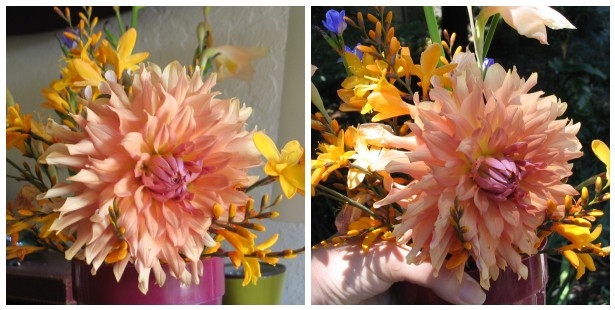 My poor Dahlia of unknown cultivar (above) died. My mom gave it to me, she said it would be easy to grow. I put it in a pot and it grew, then I thought it might like more consistent watering, so I planted it in the ground thinking 'hey, all plants prefer the ground to pots!'. Wrong-o. I have to admit, this is one plant that even I won't argue is "low maintenance".Rot. I learned how I killed my Dahlia when I went to Flora Grubb Gardens over the weekend to hear a talk given by the gregarious Mike Schelp of The Dahlia Farm (cut flower grower) in Half Moon Bay. What follows are my notes, posted here to help keep more Dahlias safe from harm:Climate and lifting: In colder parts of the country, Dahlias need to be lifted because they are frost tender. Where frost isn't a problem, they should still be lifted and divided because their tubers are both incredibly prolific and prone to rot. They don't like too much heat, either, so mild coastal climates are really great for them.Sun Exposure: Since they're not keen on very high temperatures, if you live in a warmer area, consider protecting them from full sun (or at least afternoon hot sun). The color of the flowers can be "bleached out" by strong sun exposure, so if a normally deeply colored cultivar is not living up to your expectations, this might be the culprit (or it could be any number of other things as they can be pretty variable).Soil: Dahlias like a light, slightly acidic soil that is well drained (so raised beds, containers, or in a well drained location). Containers should be at least a 5 gal. size.Water: Dahlias like moderate water when they are actively growing, but will rot out easily. In the container, mine had pretty good drainage, but one wet spring in the ground was enough to kill it. Mr. Schelp grows his in semi-raised beds for this reason, and he usually does his dividing in January (so they get lifted and divided EVERY year!). Be aware that if you grow yours in a container, that moisture can collect at the bottom, causing (you guessed it)....rot.Pests: They're susceptible to all the bad bugs and also to mildew. There was a lively discussion of mildew which I won't bore you with, but let's just say it can be a serious problem for some cultivars and any affected leaves should be removed immediately. The tubers are gopher candy, so he recommends that if you have gophers, plant the tubers in a wire mesh "cage" about 15" diameter with an un-attached bottom for easy lifting.Air Circulation: oh my! Mildew can be such a problem that he recommends a few things to keep the air flowing. Pinch off leaves in the bottom 6" of the plant to allow air to flow at the base. Take away stems or leaves that make the plant too bushy for air to circulate. Plant tubers 30 inches apart to keep the air flowing between individual plants.Feeding: This is one place where I did not entirely agree with the presenter. He is a cut flower grower, so his needs are different from mine. He uses chemical fertilizers (which kill good microbes in the soil). I wrote down that he recommends a high Nitrogen fertilizer beginning when the plants start coming up. That application should be applied, diluted, throughout the season, not at once, and taper off towards the end of the season or the Nitrogen will rot your tubers. He also switches to a higher Phosphorous fertilizer when the plants are starting to bloom. I will be experimenting with not doing this, opting instead for an organic approach (coffee grounds, anyone?). Dahlias are surface feeders, so apply nutrients accordingly, but be careful not to use too much to avoid scorching them chemically.Propagation: Dahlias can be propagated by several methods, too many to go into detail here. So I found someone else who covered this information HERE. A happy Dahlia tuber can multiply ten fold in one growing season, provided you don't rot it. Plant tubers 2-6" deep, but DO NOT let the "neck" break. A tuber with a broken neck is toast.Availability: Most garden centers sell Dahlias as tubers between winter and spring or as green plants during the summer. You can find them by mail order between (give or take) December and March, tubers should be back in the ground around April.Cut flowers: If you are still brave enough to grow them, you can keep cut flowers for about a week. I was impressed that his cut flowers are delivered to a local florist no more than two hours after being cut on the farm. I only wish he had said what florist! Here's how you can do it: cut the stem and dip immediately in hot water for about an hour (hot so you could wash your hands in it, but not boil an egg). Re-cut the stem at least every other day and place in tepid water (doesn't have to be hot anymore). Remove browning petals as flowers fade, keep flowers away from produce (ethylene gas from ripening produce speeds the aging of the flowers!). Keep your flowers in a cool room, away from direct sun. If you are cutting flowers for general enjoyment in a vase, cut them when the bud has begun to open but the center is still tight - an unopened bud will not open in the vase. If you are cutting for a specific event, wait until the flowers are at their peak before cutting. They won't last as long, but they will be gorgeous.Still not dissuaded from wanting to grow Dahlias? Me neither. This fall I plan to order a Dahlia tuber or two and try again, this time in a bigger pot with better drainage and more understanding. To find my new green friend, I will attend the 2011 American Dahlia Society show at the Santa Clara Convention Center this August. Show admission is free to the public on the 20th and 21st. I will write down the names of the cultivars I like and use the Colorado Dahlia Society's "Big List" to find a supplier for my favorites.At the end of the discussion, Mr. Schelp added what seemed to be a very personal note. He asked the audience to give away their extra plants and flowers. If grown well, you are bound to have extra and sharing is the best way to pass around some good vibes. He asked that we give our flowers to hospice centers and old folks homes, friends and neighbors. His voice quavered just enough that I could hear it in the front row, and I believe that this was a very personally meaningful message he was trying to send, so I repeat it here. I plan to do the same with my new Dahlias and I urge you to do the same.
My poor Dahlia of unknown cultivar (above) died. My mom gave it to me, she said it would be easy to grow. I put it in a pot and it grew, then I thought it might like more consistent watering, so I planted it in the ground thinking 'hey, all plants prefer the ground to pots!'. Wrong-o. I have to admit, this is one plant that even I won't argue is "low maintenance".Rot. I learned how I killed my Dahlia when I went to Flora Grubb Gardens over the weekend to hear a talk given by the gregarious Mike Schelp of The Dahlia Farm (cut flower grower) in Half Moon Bay. What follows are my notes, posted here to help keep more Dahlias safe from harm:Climate and lifting: In colder parts of the country, Dahlias need to be lifted because they are frost tender. Where frost isn't a problem, they should still be lifted and divided because their tubers are both incredibly prolific and prone to rot. They don't like too much heat, either, so mild coastal climates are really great for them.Sun Exposure: Since they're not keen on very high temperatures, if you live in a warmer area, consider protecting them from full sun (or at least afternoon hot sun). The color of the flowers can be "bleached out" by strong sun exposure, so if a normally deeply colored cultivar is not living up to your expectations, this might be the culprit (or it could be any number of other things as they can be pretty variable).Soil: Dahlias like a light, slightly acidic soil that is well drained (so raised beds, containers, or in a well drained location). Containers should be at least a 5 gal. size.Water: Dahlias like moderate water when they are actively growing, but will rot out easily. In the container, mine had pretty good drainage, but one wet spring in the ground was enough to kill it. Mr. Schelp grows his in semi-raised beds for this reason, and he usually does his dividing in January (so they get lifted and divided EVERY year!). Be aware that if you grow yours in a container, that moisture can collect at the bottom, causing (you guessed it)....rot.Pests: They're susceptible to all the bad bugs and also to mildew. There was a lively discussion of mildew which I won't bore you with, but let's just say it can be a serious problem for some cultivars and any affected leaves should be removed immediately. The tubers are gopher candy, so he recommends that if you have gophers, plant the tubers in a wire mesh "cage" about 15" diameter with an un-attached bottom for easy lifting.Air Circulation: oh my! Mildew can be such a problem that he recommends a few things to keep the air flowing. Pinch off leaves in the bottom 6" of the plant to allow air to flow at the base. Take away stems or leaves that make the plant too bushy for air to circulate. Plant tubers 30 inches apart to keep the air flowing between individual plants.Feeding: This is one place where I did not entirely agree with the presenter. He is a cut flower grower, so his needs are different from mine. He uses chemical fertilizers (which kill good microbes in the soil). I wrote down that he recommends a high Nitrogen fertilizer beginning when the plants start coming up. That application should be applied, diluted, throughout the season, not at once, and taper off towards the end of the season or the Nitrogen will rot your tubers. He also switches to a higher Phosphorous fertilizer when the plants are starting to bloom. I will be experimenting with not doing this, opting instead for an organic approach (coffee grounds, anyone?). Dahlias are surface feeders, so apply nutrients accordingly, but be careful not to use too much to avoid scorching them chemically.Propagation: Dahlias can be propagated by several methods, too many to go into detail here. So I found someone else who covered this information HERE. A happy Dahlia tuber can multiply ten fold in one growing season, provided you don't rot it. Plant tubers 2-6" deep, but DO NOT let the "neck" break. A tuber with a broken neck is toast.Availability: Most garden centers sell Dahlias as tubers between winter and spring or as green plants during the summer. You can find them by mail order between (give or take) December and March, tubers should be back in the ground around April.Cut flowers: If you are still brave enough to grow them, you can keep cut flowers for about a week. I was impressed that his cut flowers are delivered to a local florist no more than two hours after being cut on the farm. I only wish he had said what florist! Here's how you can do it: cut the stem and dip immediately in hot water for about an hour (hot so you could wash your hands in it, but not boil an egg). Re-cut the stem at least every other day and place in tepid water (doesn't have to be hot anymore). Remove browning petals as flowers fade, keep flowers away from produce (ethylene gas from ripening produce speeds the aging of the flowers!). Keep your flowers in a cool room, away from direct sun. If you are cutting flowers for general enjoyment in a vase, cut them when the bud has begun to open but the center is still tight - an unopened bud will not open in the vase. If you are cutting for a specific event, wait until the flowers are at their peak before cutting. They won't last as long, but they will be gorgeous.Still not dissuaded from wanting to grow Dahlias? Me neither. This fall I plan to order a Dahlia tuber or two and try again, this time in a bigger pot with better drainage and more understanding. To find my new green friend, I will attend the 2011 American Dahlia Society show at the Santa Clara Convention Center this August. Show admission is free to the public on the 20th and 21st. I will write down the names of the cultivars I like and use the Colorado Dahlia Society's "Big List" to find a supplier for my favorites.At the end of the discussion, Mr. Schelp added what seemed to be a very personal note. He asked the audience to give away their extra plants and flowers. If grown well, you are bound to have extra and sharing is the best way to pass around some good vibes. He asked that we give our flowers to hospice centers and old folks homes, friends and neighbors. His voice quavered just enough that I could hear it in the front row, and I believe that this was a very personally meaningful message he was trying to send, so I repeat it here. I plan to do the same with my new Dahlias and I urge you to do the same.
"Low Maintenance" - an utterly useless buzzword
I have come to loathe the term "low maintenance". It is essentially meaningless. I am starting to wonder if when a client requests a "low maintenance" design, what they're really saying is that they don't want to do any work themselves, including taking the trouble to find a decent gardener or asking questions.It is imperative for both the client and the designer to discuss exactly what types of gardening activities may occur before doing any design work. Be honest! REALLY! For example, when I got my hair cut last week, I told the stylist that I wash and comb my hair, nothing more. I would not promise to use any appliances or products, and she gave me a cut that works well for my specific needs.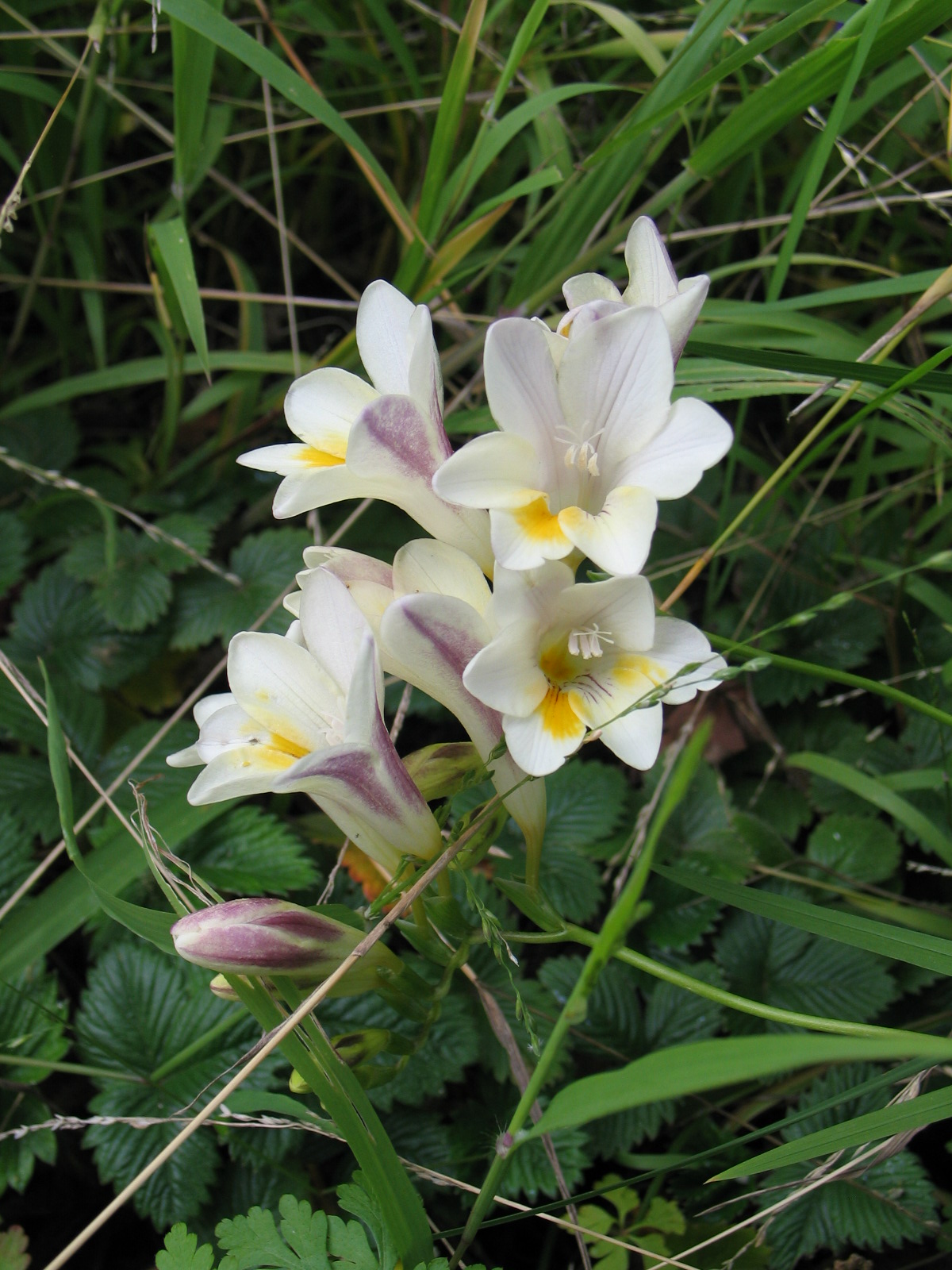 You can see from the above photo (taken on my patio earlier this month) that thanks to my personal distaste for weeding, I have a number of (un-planned) plants just growing together, willy-nilly, doing their thing. I am okay with that, so this is the design solution that my personal garden employs. I'll let nearly anything grow as long as it is healthy and doesn't produce anything painful (thorns, burrs, stingers). This works for me because I live in an apartment and I know that if/when I move, the whole thing will be ripped up - there's not much to be gained by fretting over weeds. Given a different situation, my personal garden might look quite different or it might not.I also grow several roses and a few shrubs - some in containers, some not. I grow dozens of rare bulbs, more than dozens of perennials, and a few orchids, but I don't do much "work". Every year I reliably cut Roses, Freesias, and Sweet Peas for indoor bouquets. I know that rose flowers develop at the very end of a branch and that each cut to remove a flower is, in fact, a pruning cut (and where to take that cut). I also know that my Sweet Peas will bloom nearly forever as long as I keep cutting the flowers off - it is just terrible having an apartment full of sweet pea flowers, just awful...
You can see from the above photo (taken on my patio earlier this month) that thanks to my personal distaste for weeding, I have a number of (un-planned) plants just growing together, willy-nilly, doing their thing. I am okay with that, so this is the design solution that my personal garden employs. I'll let nearly anything grow as long as it is healthy and doesn't produce anything painful (thorns, burrs, stingers). This works for me because I live in an apartment and I know that if/when I move, the whole thing will be ripped up - there's not much to be gained by fretting over weeds. Given a different situation, my personal garden might look quite different or it might not.I also grow several roses and a few shrubs - some in containers, some not. I grow dozens of rare bulbs, more than dozens of perennials, and a few orchids, but I don't do much "work". Every year I reliably cut Roses, Freesias, and Sweet Peas for indoor bouquets. I know that rose flowers develop at the very end of a branch and that each cut to remove a flower is, in fact, a pruning cut (and where to take that cut). I also know that my Sweet Peas will bloom nearly forever as long as I keep cutting the flowers off - it is just terrible having an apartment full of sweet pea flowers, just awful...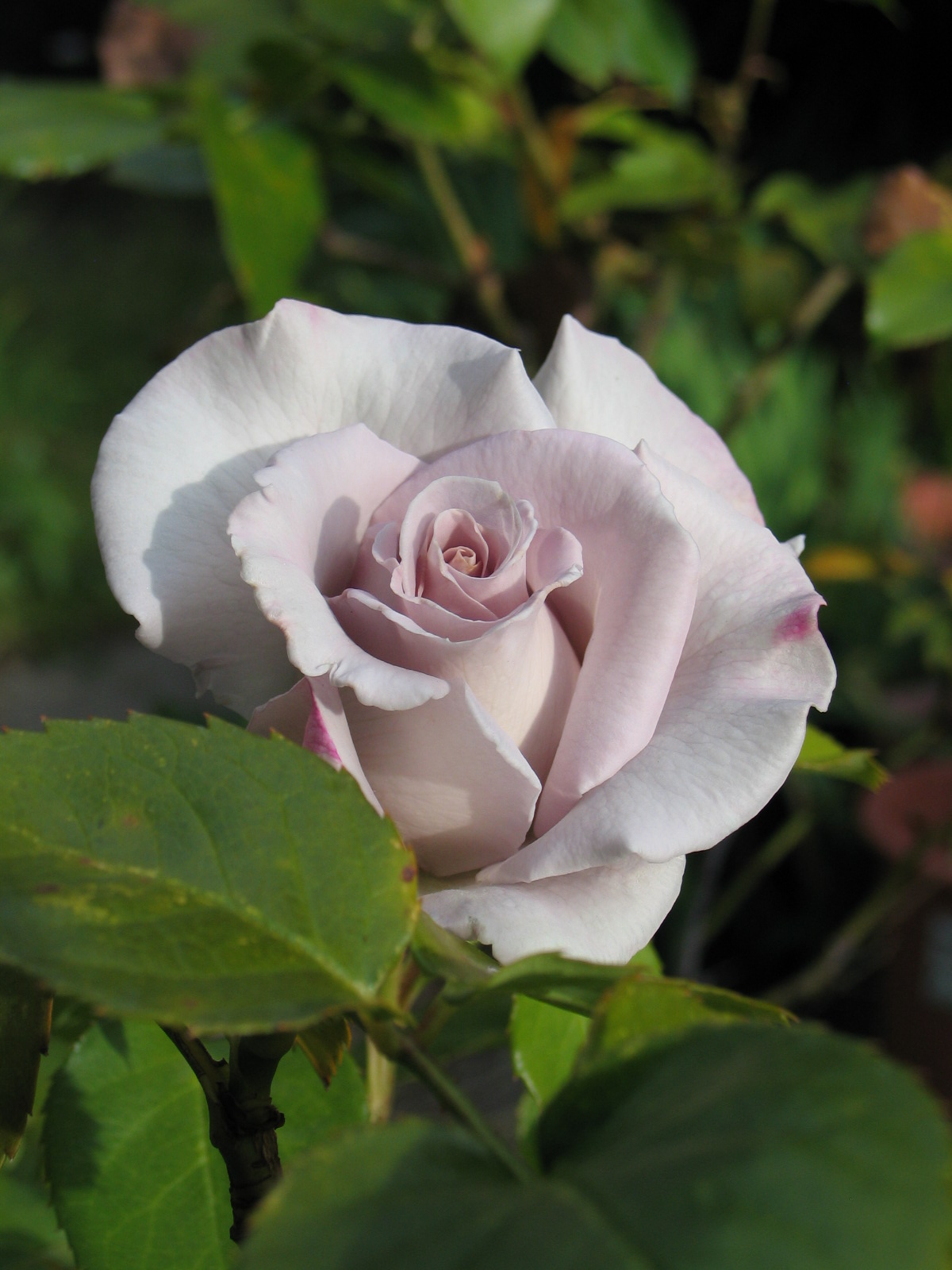 There are countless ways to design a garden so that it doesn't feel like a ton of unwanted work, and so that taking care of it is at least somewhat enjoyable. Getting it to that point is as good a reason as any to work with a design professional and/or do a bit of research for your own garden design solutions....but please don't call cutting flowers "maintenance", that just takes out all the fun.
There are countless ways to design a garden so that it doesn't feel like a ton of unwanted work, and so that taking care of it is at least somewhat enjoyable. Getting it to that point is as good a reason as any to work with a design professional and/or do a bit of research for your own garden design solutions....but please don't call cutting flowers "maintenance", that just takes out all the fun.
"Low Maintenance" Gardens?
It seems that everyone is aware that gardens can require some effort to maintain. Professionals in the landscape design and construction industry understand that the success of any outdoor space depends on thoughtful design, quality installation, and ongoing, intelligent maintenance. Not one of these three items can deliver the desired result without the other two.
Read more





